Reflecting on the climb
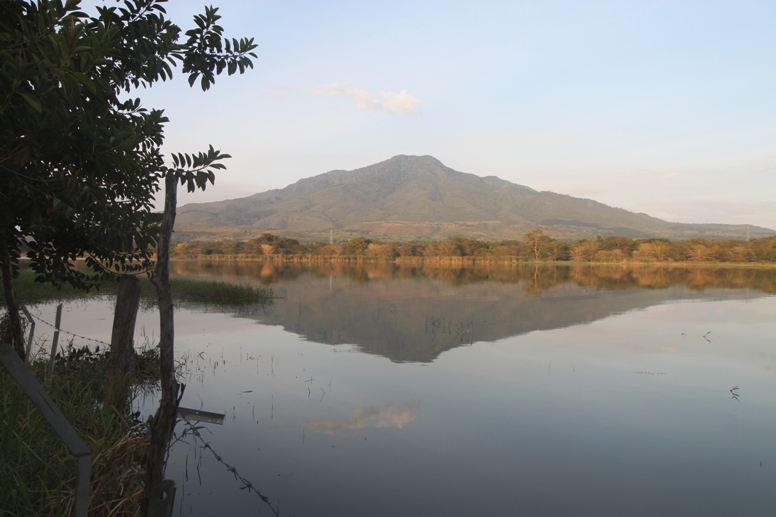
The hike poses at least two significant challenges: washa washa - a rather malignant form of stinging nettle, and siafu - large aggressive biting ants. A third challenge both longed for and dreaded is the possibility of meeting up with elephant. The closest we came were close encounters with very fresh elephant dung (mavi ya tembo).
Given these viscissitudes, one might well inquiry why anyone would make the hike. At this point, one might invokle Sir Edmund Hillary's famous quip about Everest. In addition, it is a very beautiful trail characterized by profuse greenery, flowers, butterflies, miscellaneous invertebrates, vistas, and other potentially photographable objects.
This was my second ascent up the mountain. There are other images (or, in some cases virtually the same image taken two years earlier) posted at http://web.stanford.edu/~siegelr/tz/kwaraa2008.html.
I convinced twelve people (and one inanimate doll) to join me (though in point of fact, I had to offer some of them money... well, just the guides). I was particularly successful in convincing named Katie and people whose named ended in "u". The doll just wanted to get out of his plastic bag for a change.
This is the team:

This picture is actually taken a Royal Beach outside of Babati town. As far as I can tell, there is nothing royal about the place and there certainly is no beach. On the other hand, it is on the lake and provides a good view of the mountain. This picture was actually taken in the evening after the climb.

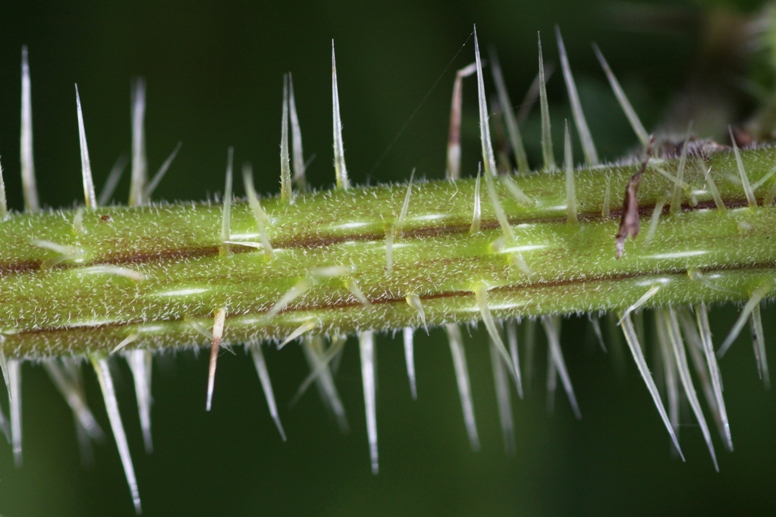

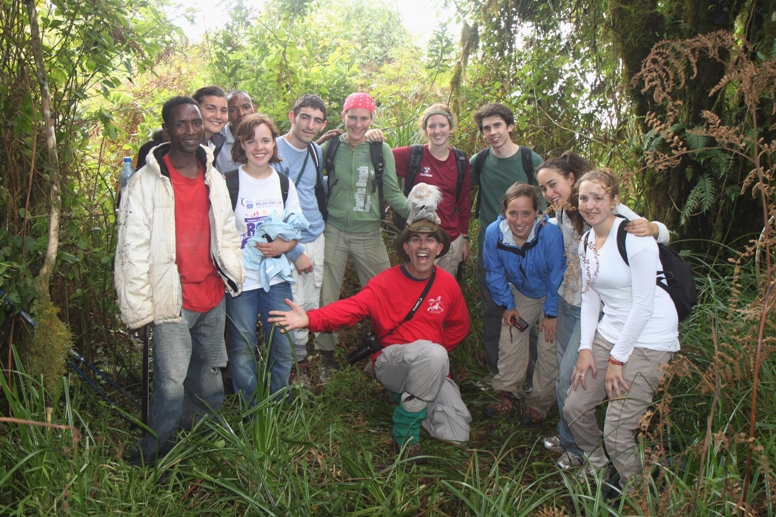
You might notice that the assistant guide is missing from this picture. He was actually standing on the other side of the camera. I guess that is what it means to be an assistant guide. I think it was probably his second time up the mountain as well. I tried to cajole Darwin into taking the picture, but as usual, he wanted to ham it up.


As you can see, the summit (kilele) is a bit underwhelming as least in terms of dramatic drop-offs and spectatular vistas. On the other hand, it is the highest place where it descends in every direction, and isn't the definition of a summit? There is also a cave/crater/hole (depending on who you ask) near the top, though it is largely obscured by vegetation. There seems to some general consensus that the cave/crater/hole has some historical significance involving hiding and Germans.

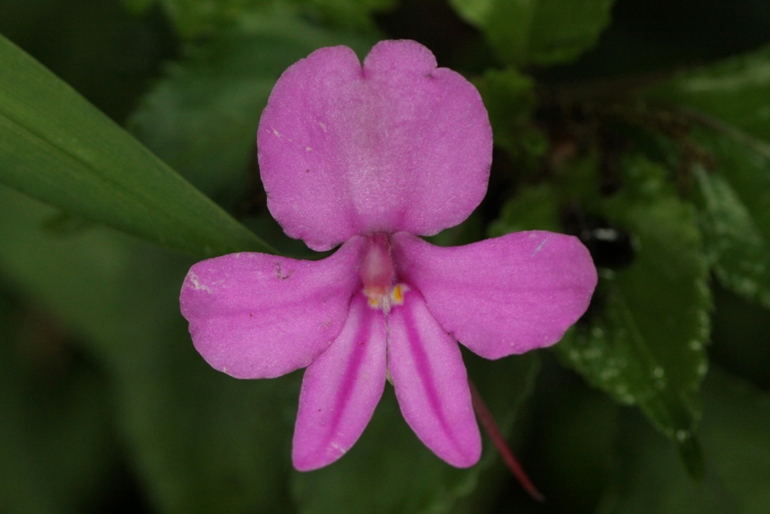

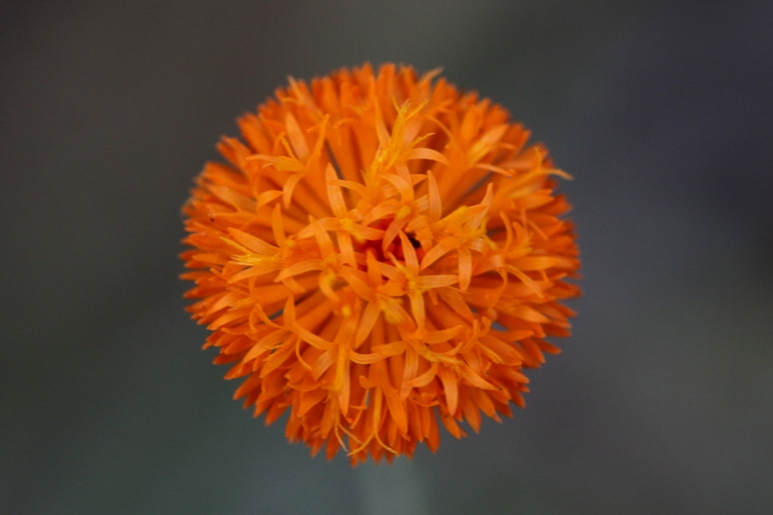

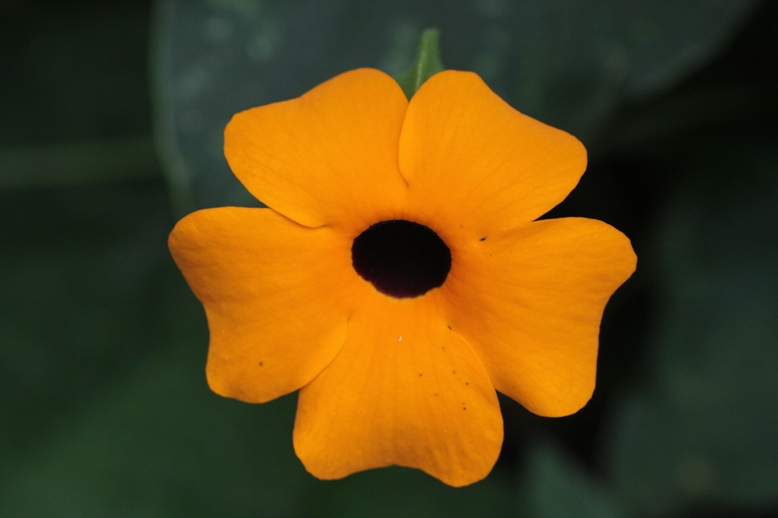





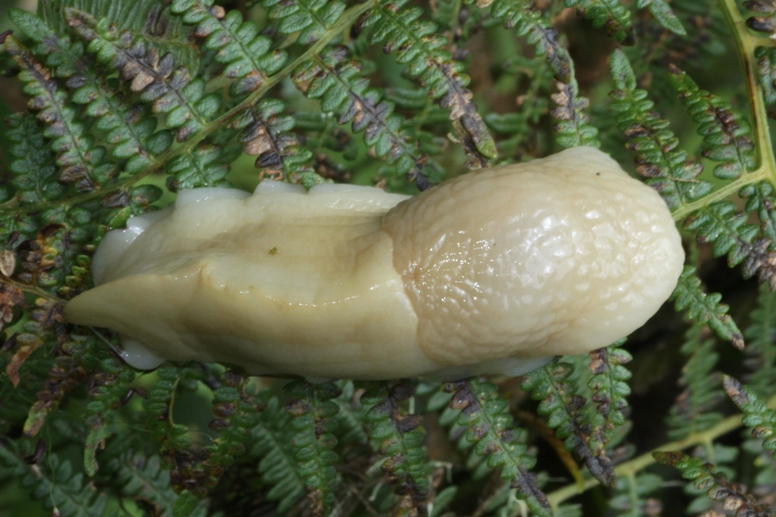

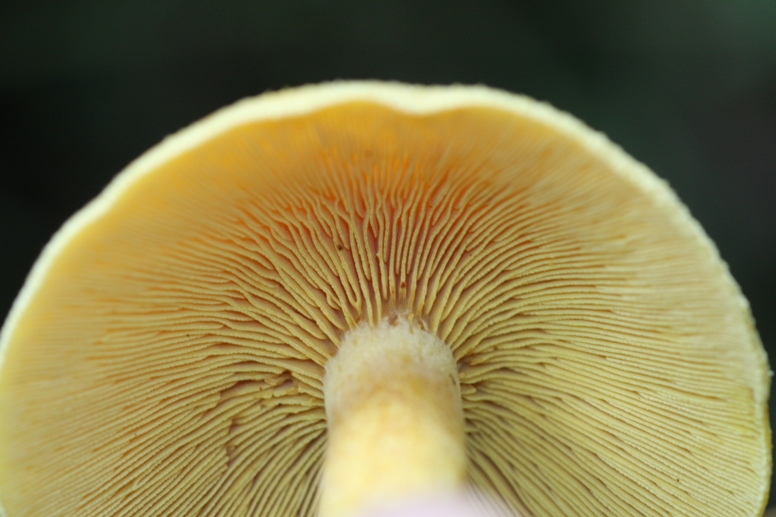

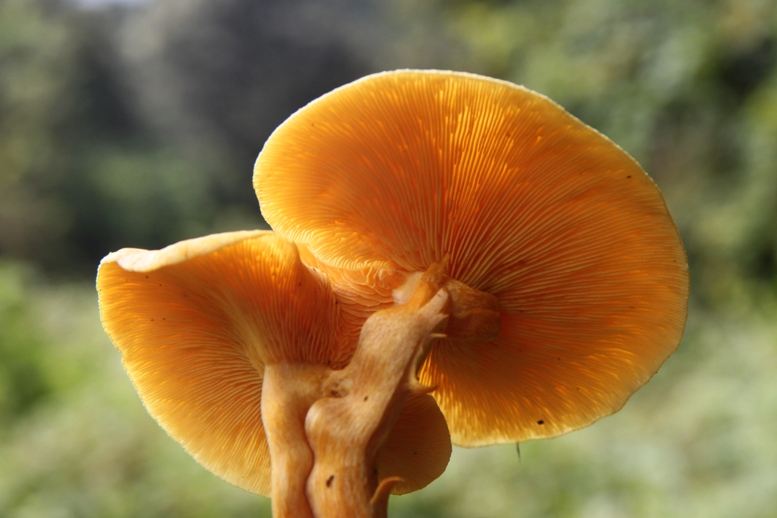

 Tanzania page
Tanzania page
 Tanzania 2010
Tanzania 2010
 Arusha 2010
Arusha 2010
 Babati 2010
Babati 2010
 Kwaraa 2010
Kwaraa 2010
 SIC 2010
SIC 2010
 Tanzania 2008 pix
Tanzania 2008 pix
 Babati 2008
Babati 2008
 Kwaraa 2008
Kwaraa 2008
 Tanzania 2007 pix - Stanford Travel Study Family Adventure trip
Tanzania 2007 pix - Stanford Travel Study Family Adventure trip
 Zanzibar 2007 pix
Zanzibar 2007 pix
 Tanzania 2006 pix
Tanzania 2006 pix
 Stanford Overseas Tanzania Seminar pix - Arusha, Tanzania 2006
Stanford Overseas Tanzania Seminar pix - Arusha, Tanzania 2006
 Oldoinyo Lengai volcano, Northern Tanzania
2006
Oldoinyo Lengai volcano, Northern Tanzania
2006
 Tanzania 2005 pix
Tanzania 2005 pix
 Maweni 2005
Maweni 2005
 Tanzania 2004 pix
Tanzania 2004 pix
 Tanzania 2003 pix
Tanzania 2003 pix
 Kilimanjaro, 2003
Kilimanjaro, 2003
 Tanzania 2002 pix
Tanzania 2002 pix
 Maasai
Maasai
 Arusha page
Arusha page
 Tanzanian friends page
Tanzanian friends page
 My Support for International Change (SIC) page
(circa 2003)
My Support for International Change (SIC) page
(circa 2003)


Modified: April 9, 2015
Created: July 9, 2010
Contact: siegelr@stanford.edu
All pictures are protected by copyright. Do not use without permission.